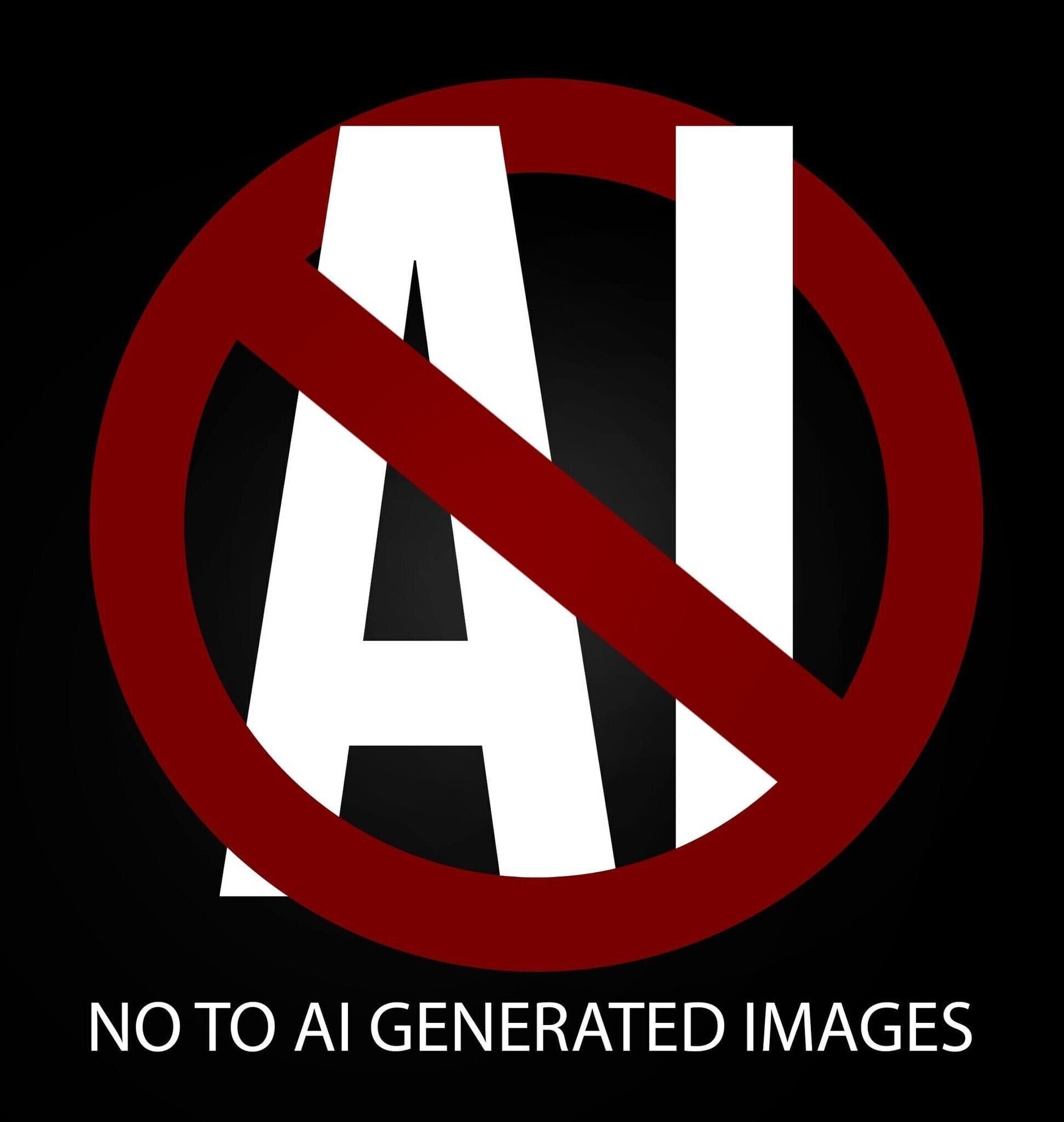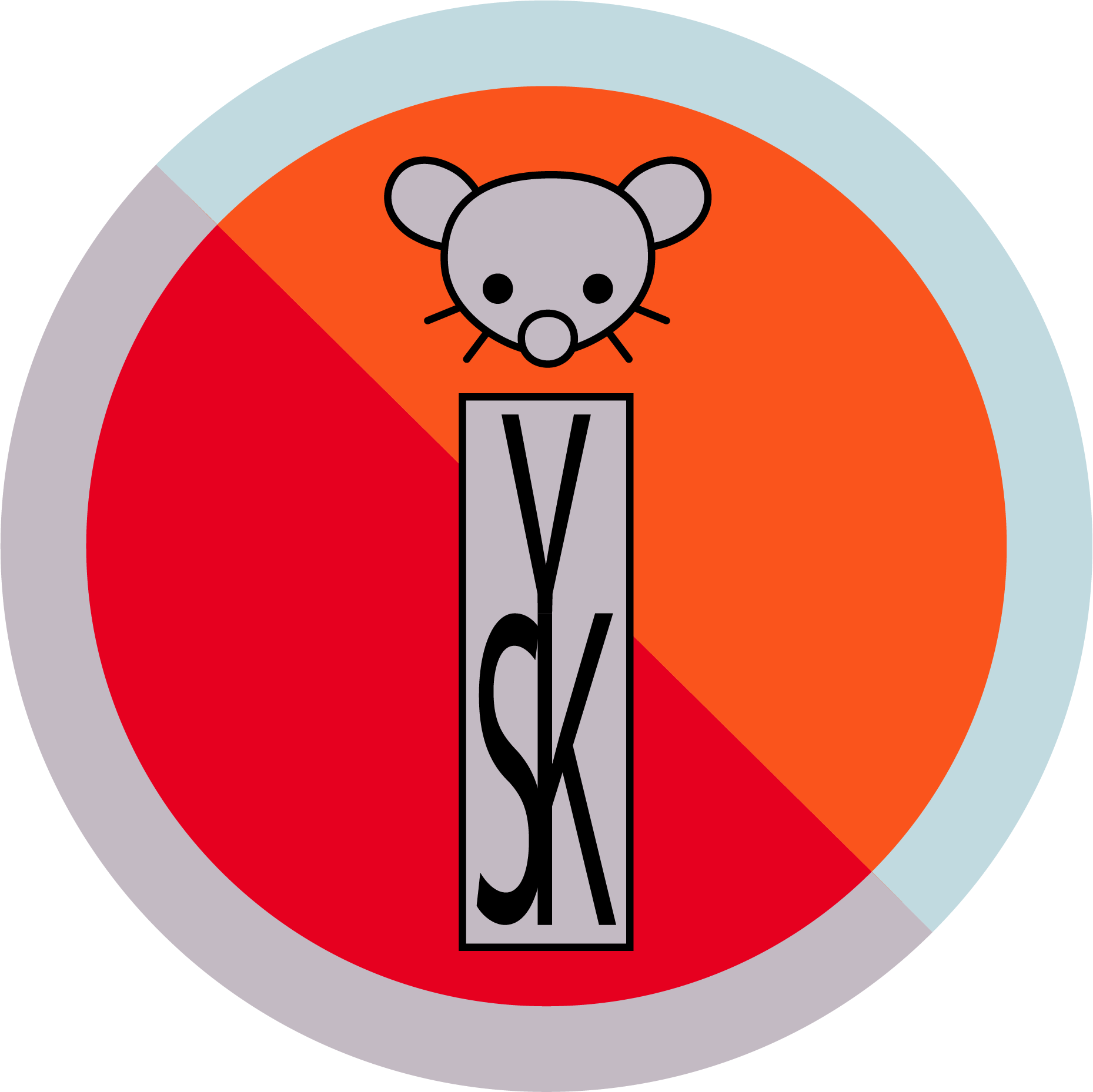

Alternative for DuckDuckGo:
https://noai.duckduckgo.com/?q=%25s
Edit: Lemmy/Voyager formats this string with 25 at the end. Remove the 25 & save it as a browser search engine


Alternative for DuckDuckGo:
https://noai.duckduckgo.com/?q=%25s
Edit: Lemmy/Voyager formats this string with 25 at the end. Remove the 25 & save it as a browser search engine


I’m planning to go Graphene but realistically until a solid third option such as Linux phone is able to break the duopoly I dont think we can do much as I doubt devs will update or release many apps with little take up. Probably 90 - 95% of apps on my phone are FOSS derived from outside Play store.
This is only the start I’m afraid. “Big tech” has far, far too much leverage. Google are effectively censoring apps, they will no doubt cave in to any government asking who has (or hasnt) installed a particular app that at some future date is deemed unwelcome. Between this & ill conceived online ID schemes about to be forced upon populations, various minorities are about to be marginalised even further.
Very concerning times.


Beelink EQ14 is an excellent choice as a server & sips electricity. Added bonus, it’s almost silent.


Yup. It stops on my machine & my photos are organised how I want them organised. Immich is privacy respecting & the learning is performing an actual useful task in facial recognition & I believe contextual search.
I dont trust Microsoft to do either & I’d certainly not want them organising anything.


How the fuck does Microsoft or its shitty CoPilot AI know how I want my photos organised? Why are they wasting resources on this?
This kind of crap is why I self host Immich


It matters not if you use Libre Office


I’m 100% self taught & was in exactly the same place. I’d never used Linux before I got my first Pi. I spent a bit of time trying to familiarise myself with & made some notes regarding command line (notes I still rely on).
There’a so many ways to achieve the goal, you’ll eventually find a way that works for you. My personal preference was Docker/Docker Compose deployed via Portainer.
Even that was confusing. Until I found this excellent video on how to read Docker requirements & apply them step by step into Portainer. He explains slowly & methodically exactly what he is doing & why.
Portainer is a method of handling Docker stacks/containers via a web UI. Both Docker & Portainer are simple to install.
It’s easier to use Docker Compose files and/or .env (environment variable) files (both are even simpler to deploy through Portainer) but this video taught me what was going on & gave me confidence to have a go. What attracted me to Docker is you can easily remove stacks/containers if/when you make a mess rather than wiping the drive & start again, which is how I went about things initially.
This gave me the tools to set up Nginx Proxy Manager & I never looked back.
As you’ve realised, a robust backup solution is essential (plus off site backup for particularly important stuff) as things will inevitably go wrong along the way (I see Borg, Restic mentioned often, I went for Kopia).
I can’t recommend highly enough making detailed notes along the way, I rely on Joplin.
If you start using Docker, dont fall into the trap of using the “latest” tag. If you know the version number you’re running its far easier to re-deploy if an update is bad.
Enjoy your new time consuming, teeth gnashingly frustrating …and yet rewarding hobby 👍


I forwarded this to my neighbour who is really into self hosting, particularly home automation stuff - has a pretty awesome Home Assistant set up. First thing they said? “But I’m 70, this only goes to 69”
I told him in that case he must dismantle his self hosted servers immediately 😁


For me its not worth the hit on battery. Mind you my phone screen is 3088x1440 WQHD+ capable yet I set that to 720p. Sure, the image is a tiny bit better at higher res but for me I’d rather have a stronger battery life than a marginally better looking image on such a relatively small screen.
Late arrival but in case it helps:
I’m 100% self taught. I’d never used Linux before I got my first Pi & struggled to get Nextcloudpi working, which I did eventually. But support came to an end so maintenance was going to become an issue so I had to learn.
I found this excellent video on how to read Docker requirements & apply them step by step into Portainer. He explains slowly & methodically exactly what he is doing & why.
Portainer is a method of handling Docker stacks/containers via a web UI. Both Docker & Portainer are simple to install.
It’s easier to use Docker Compose files and/or .env (environment variable) files (both are even simpler to deploy through Portainer) but this video taught me what was going on & gave me confidence to have a go. What attracted me to Docker is you can easily remove stacks/containers if/when you make a mess rather than wiping the drive & start again, which is how I went about things initially.
This gave me the tools to set up Nginx Proxy Manager & I never looked back. Highly recommend a robust backup solution as stuff will inevitably go wrong along the way (I see Borg, Restic mentioned often, I went for Kopia).
I can’t recommend highly enough making detailed notes along the way. I rely on my Joplin notes all the time.
One more tip. Once you start using Docker, dont fall into the trap of using the “latest” tag. If you know the version number its far easier to re-deploy if an update is bad.
Enjoy your new time consuming, teeth clenching, frustrating …and rewarding hobby 👍


Save notes? Joplin has a configurable backup plugin built in. From memory you need to go to Options >Plugins & enable it.
Edit: I just saw you meant sync. Several ways with Joplin. Been syncing through Nextcloud with WebDAV which has worked great syncing between several devices ever since I started using Joplin. On Android you need to keep the screen on during initial sync which can take a while but after that sync is a couple of seconds.


Might be worth looking into FLIRC USB


I finally got round to buying the Beelink EQ14 I’d promised myself. Sips electricity & handles 4k content. Can’t comment re usage as I havent got round to setting it up yet. I believe it shipped with Win11 but I’ll be putting linux on it


You can’t always simply VPN around it. I applied for a job via one of the popular job sites. Tried to log back in to the job site a week later only to to find my account had been blocked until I provide proof of ID to a US based third party company …I’m in Europe. Spoiler alert: I did not provide proof of ID & so have no idea whether or not I was a suitable applicant for the job.
Guess i won’t be job hunting through that site again. The whole thing is farcical.


I remember looking at some docs about upgrading versions, but I don’t know how to tell which version I have.
As a general rule when installing anything with Docker Compose, rather than using “latest” I prefer to specify a version as it makes it easier to roll back should i find issues with an update.


I use a Pi5 with SSD (running Raspberry OS Lite 64bit). It runs Nextcloud, Nginx, DuckDNS, Docker, Portainer & also syncing Joplin & Memories for other family members to see holiday photos/special events (I run Immich on an alternative server not exposed to www). Only 1 user but its run flawlessly & seems pretty fast to me
I’m anti enshittification & pro digital privacy. A few years back when Evernote started restricting their service & a password manager I’d paid for multiple users for fucked me over it dawned on me that “Big Tech” did not have my best interests at heart. Since that Eureka moment I formed an interest in FOSS & ive not looked back.
I’m not in IT, 100% self taught. Started with Nextcloud with NGINX. I expose as little as possible, the rest is local only though ive set up Wireguard for external access.
I self host mostly what everyone else does: Nextcloud, Joplin, Paperless, Immich etc etc. Special shoutout to Homebox which ive found extremely useful when boxing up & organising our roof space & garage. I like to use Docker containers.
Its become a bit of a hobby & the path led me to the Fediverse. The next step is likely switching fully to Linux


Set this as an alternative search engine


No major difference its just what works for you. I used Hoarder (KaraKeep) in the early days but found I preferred the Linkwarden UI particularly on mobile so switched. But they’re both great.
Strangely I’ve found I tend not to use it for everyday bookmarks use (I’ve put those in a Joplin note). Instead I use Linkwarden for interesting stuff I might need at some point - long read articles or information for projects that I’ll be undertaking in the future, be that videos or written guides. You can set folders (topics) & tags for ease of retrieval.
I’m certain that when UK forces DigitalID upon the nation it will be a requirement for access to every website